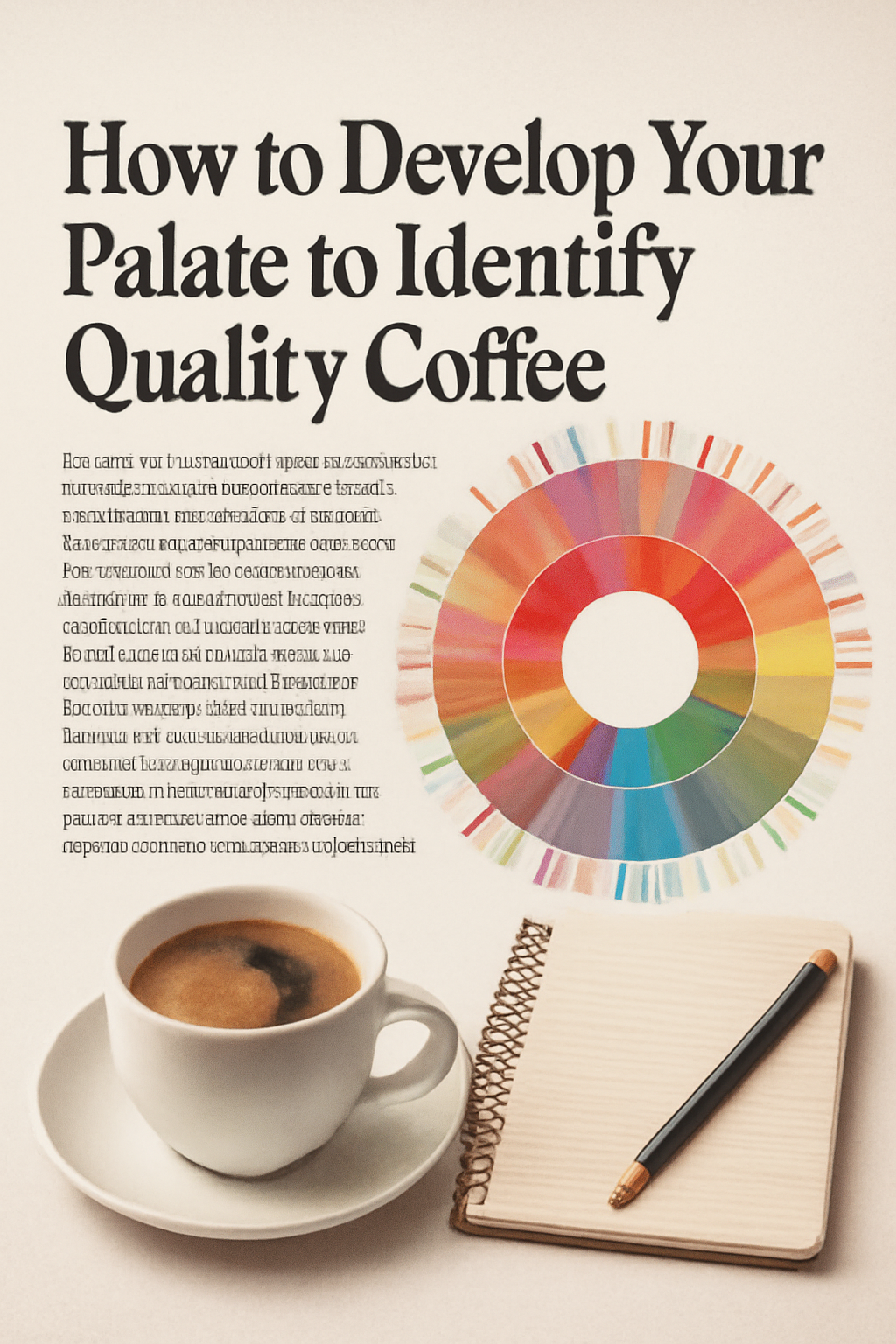Developing your palate to identify quality coffee is an essential skill for enthusiasts, baristas, and anyone looking to deepen their appreciation for this complex beverage. A refined palate enables you to discern subtle flavors, aromas, and textures that differentiate mediocre coffee from exceptional brews. This expertise enhances your coffee experience, guides better purchasing decisions, and empowers you to communicate your preferences effectively. In this comprehensive guide, we will explore how to train your palate, the key flavor components to focus on, and practical techniques for identifying quality coffee.
Coffee is a multifaceted drink composed of hundreds of chemical compounds that contribute to its taste and aroma. These include acids, sugars, oils, and volatile compounds that interact uniquely based on bean origin, processing, roasting, and brewing. Developing a sensitive palate involves learning to recognize these components, understanding how they manifest as flavor notes, and distinguishing balance, complexity, and defects.
The first step in developing your palate is education and exposure. Begin by tasting a wide variety of coffees from different origins, roast levels, and brewing methods. Sampling single-origin coffees from regions like Ethiopia, Colombia, or Sumatra reveals diverse flavor profiles ranging from fruity and floral to earthy and spicy. Comparing light, medium, and dark roasts helps you understand how roasting affects acidity, sweetness, bitterness, and body.
Pay attention to the basic taste categories in coffee: acidity, sweetness, bitterness, saltiness, and umami. Acidity in coffee is often described as bright or tangy, contributing to a lively and vibrant cup. Sweetness balances acidity and bitterness, imparting pleasant flavors like caramel or honey. Bitterness, when controlled, adds depth but excessive bitterness can signal over-roasting or poor extraction. Umami adds savory richness, enhancing mouthfeel. Saltiness is less common but can appear subtly in some coffees.
Aroma plays a significant role in perceived flavor. Smelling freshly brewed coffee and ground beans before tasting enhances your sensory experience. Aromas can range from fruity, floral, nutty, chocolaty, to spicy. Training your nose with aroma kits or essential oils can improve your ability to detect specific scents and associate them with coffee flavors.
Cupping is a professional coffee tasting technique that anyone can practice. It involves smelling, slurping, and evaluating coffee brewed under controlled conditions. When cupping, observe the fragrance, flavor, aftertaste, body, balance, and overall impression. Use standardized scoring sheets to record your observations, helping develop a vocabulary and awareness of coffee attributes.
Developing palate sensitivity requires mindfulness and practice. When tasting coffee, focus on the different sensations and try to identify individual flavor notes. Take small sips and let the coffee coat your tongue. Note the initial flavors, the mid-palate complexity, and the finish or aftertaste. Practice distinguishing between flavors such as citrus, berries, nuts, spices, and chocolate.
Blind tasting exercises are valuable for honing your skills. By tasting coffees without knowing their origin or roast, you train your brain to focus on sensory data rather than preconceived notions. Challenge yourself to identify flavor notes, roast levels, or defects without visual cues.
Understanding coffee defects is equally important. Defects like sourness, mustiness, or astringency indicate poor quality or improper processing. Learning to recognize these helps you avoid inferior coffee and appreciate well-crafted brews.
Using a flavor wheel, such as the Specialty Coffee Association’s Coffee Taster’s Flavor Wheel, is an excellent tool for beginners. It organizes common coffee flavors into categories and subcategories, providing a structured approach to flavor identification.
In addition to tasting, consider the influence of brewing methods on flavor perception. Different methods highlight various aspects of coffee. For example, espresso emphasizes body and intensity, pour-over reveals clarity and brightness, while French press highlights texture and richness. Experimenting with brewing helps you understand how preparation affects flavor.
Keep a coffee journal to track your tasting experiences. Note the coffee’s origin, roast, brewing method, flavor notes, and personal preferences. Over time, patterns emerge, helping refine your palate and guide future choices.
Sensory training can be enhanced by engaging other senses. Texture or mouthfeel, temperature, and even visual cues contribute to coffee appreciation. Learning to differentiate between creamy, oily, thin, or astringent textures adds depth to your evaluation.
Seeking professional training or courses can accelerate your palate development. Many coffee institutions offer workshops in sensory analysis and cupping. These provide structured learning, expert guidance, and opportunities to taste a broad spectrum of coffees.
Developing your palate is an ongoing journey. Consistent practice, curiosity, and openness to new experiences are key. Share your tasting experiences with fellow coffee lovers or baristas to gain new perspectives and insights.
In conclusion, developing your palate to identify quality coffee enriches your coffee journey and deepens your connection to this beloved beverage. By educating yourself about coffee’s flavor components, practicing mindful tasting, utilizing tools like flavor wheels, and engaging in cupping, you build the sensory skills to appreciate and discern exceptional coffee. Whether you are a casual drinker or a coffee professional, refining your palate empowers you to enjoy coffee more fully and make informed choices that delight your taste buds. Start training your palate today and unlock the rich world of coffee flavors awaiting discovery.

